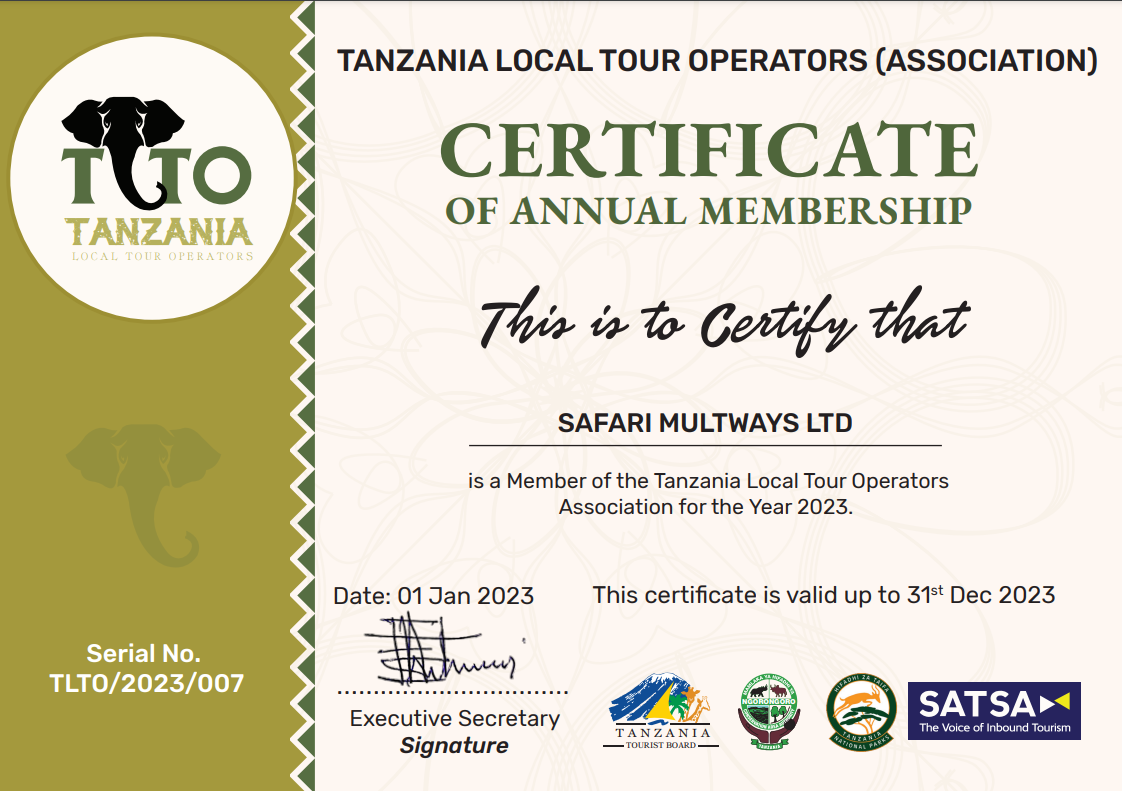Unveiling the Economic Foundation: Tarangire National Park Operational Expenses
Delving into the Finances: Tarangire National Park
Tarangire National Park, located in Tanzania, is a haven for wildlife enthusiasts and nature lovers alike. Spanning over 2,600 square kilometers, this park is home to a diverse range of flora and fauna, including the iconic baobab trees, elephants, lions, and wildebeests. While visitors flock to this park to witness its natural beauty and wildlife, behind the scenes, there is a complex web of financial operations that keep the park running smoothly.
Exposing the Operational Expenses: A Detailed Analysis
Operating a national park of such scale and significance requires a substantial amount of financial resources. From maintaining infrastructure to funding wildlife conservation efforts, there are various operational expenses that need to be covered to ensure the park’s sustainability and success.
One of the major operational expenses for Tarangire National Park is the maintenance of infrastructure. This includes repairing roads, maintaining visitor facilities such as campsites and picnic areas, and ensuring that the park’s headquarters are in good working condition. These expenses are crucial for providing a safe and enjoyable experience for visitors while also preserving the park’s natural beauty.
Another significant operational expense is wildlife conservation efforts. Tarangire National Park is home to a wide range of wildlife species, many of which are endangered or at risk of extinction. To protect these animals and their habitats, the park must invest in conservation programs, anti-poaching efforts, and wildlife monitoring. These expenses are essential for ensuring the long-term survival of the park’s wildlife populations.
In addition to infrastructure maintenance and wildlife conservation, Tarangire National Park also incurs operational expenses related to staff salaries and training. The park employs a team of rangers, guides, and administrative staff who work tirelessly to ensure the park runs smoothly and visitors have an enjoyable experience. Investing in staff salaries and training is crucial for maintaining a high level of service and expertise within the park.
Furthermore, operational expenses also include marketing and promotional activities aimed at attracting visitors to the park. These expenses cover advertising campaigns, website maintenance, and promotional materials that showcase the park’s unique attractions and activities. By investing in marketing efforts, Tarangire National Park can reach a wider audience and increase visitor numbers, ultimately generating more revenue for the park.
Overall, the operational expenses of Tarangire National Park play a crucial role in maintaining the park’s infrastructure, conserving its wildlife, supporting its staff, and attracting visitors. By carefully managing these expenses and ensuring that resources are allocated efficiently, the park can continue to thrive as a premier destination for wildlife enthusiasts and nature lovers. Through transparency and accountability in financial operations, Tarangire National Park can uphold its commitment to conservation and sustainability for generations to come.



